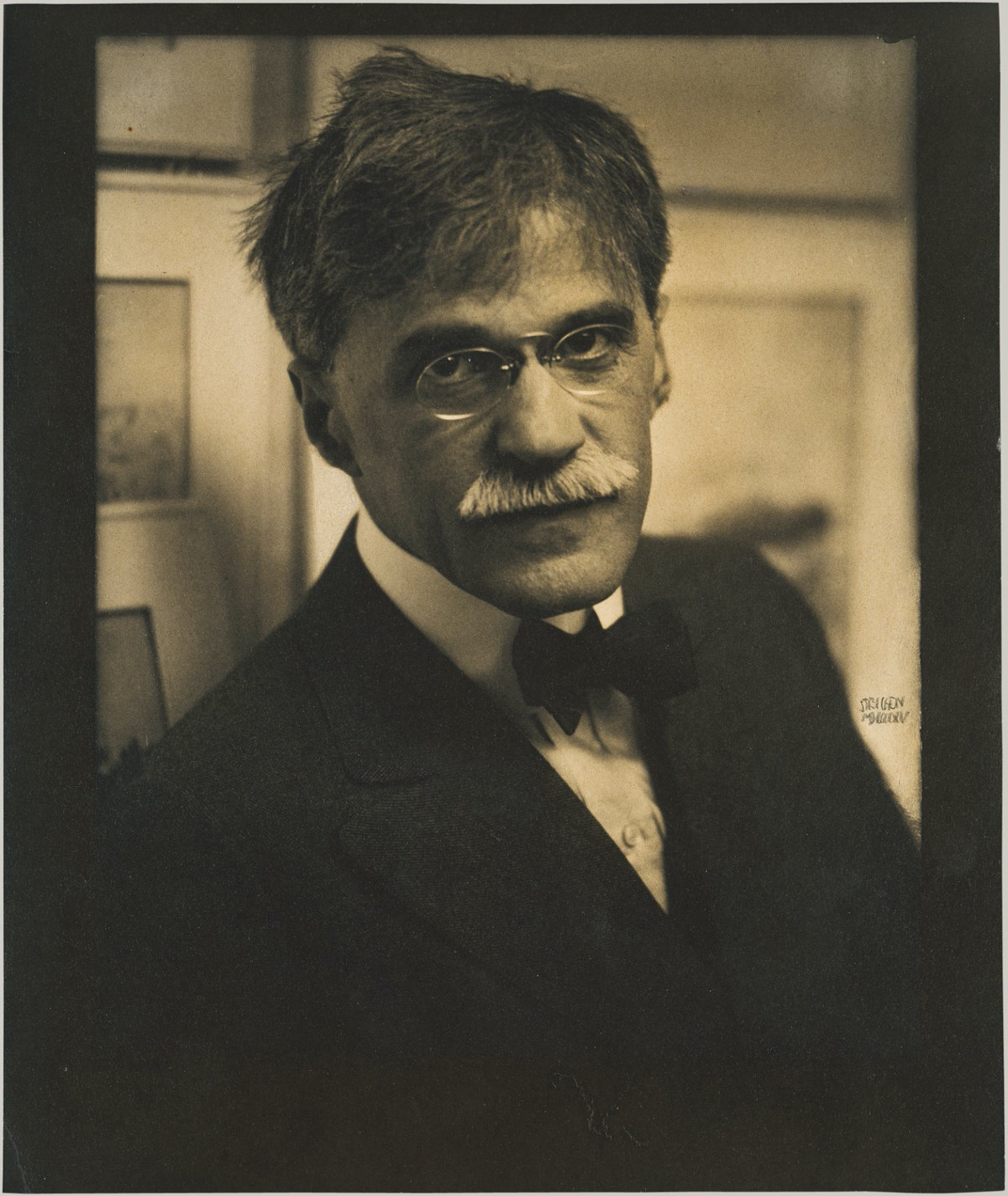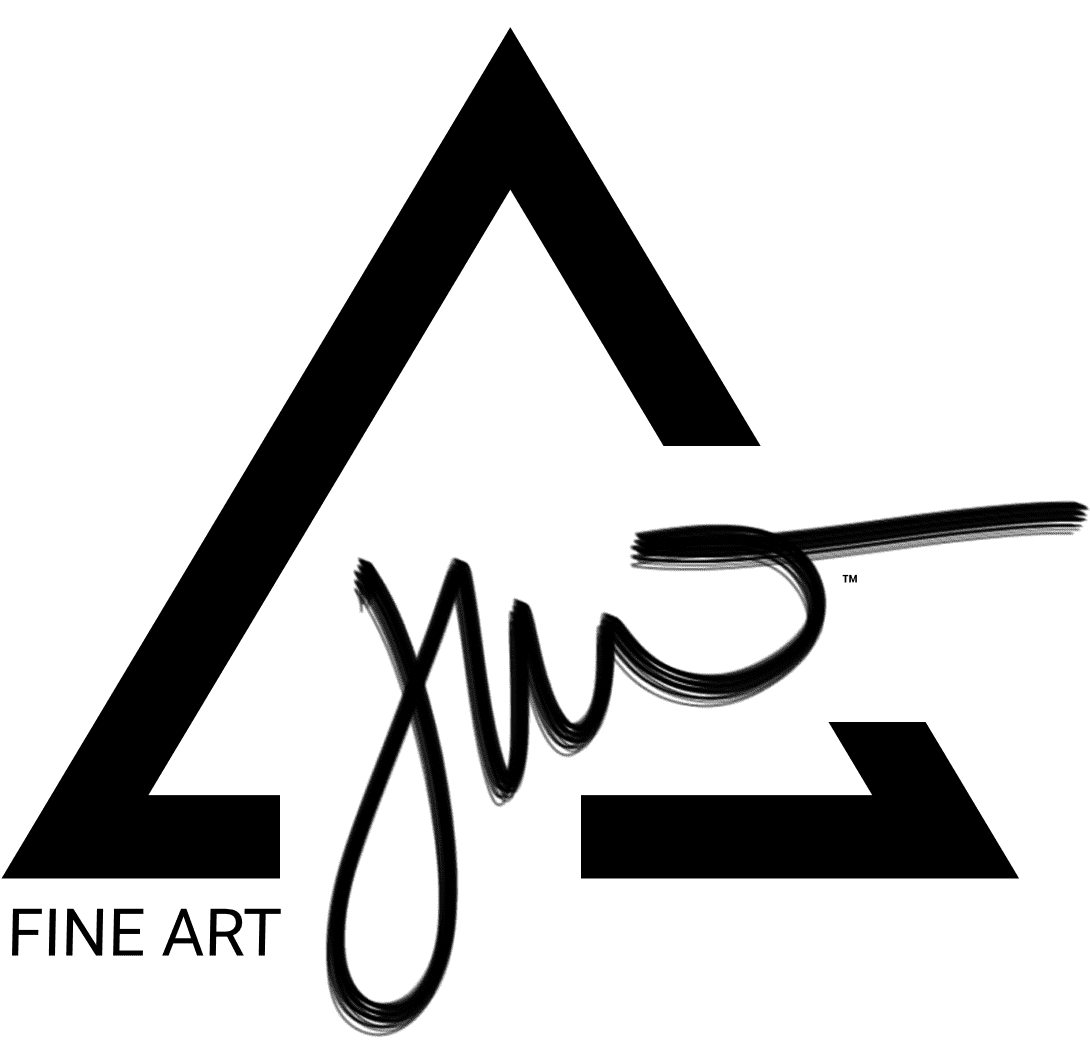
Responses (1)
a Field Note
published on January 12, 2018
Alfred Stieglitz, an American Photographer Who Helped Shape Photography as Art

 Stieglitz’s interest in photography started on a trip through the European countryside in 1884 with his parents. It was on this trip he bought his first camera, an 8×10 film camera requiring a tripod, and took photographs of landscapes and peasants throughout Germany, Italy and the Netherlands. Through his studies in Europe is where Stieglitch first discovered and experimented with photography as an art form.
Stieglitz’s interest in photography started on a trip through the European countryside in 1884 with his parents. It was on this trip he bought his first camera, an 8×10 film camera requiring a tripod, and took photographs of landscapes and peasants throughout Germany, Italy and the Netherlands. Through his studies in Europe is where Stieglitch first discovered and experimented with photography as an art form.
While abroad he started writing for The Amateur Photographer magazine and won first place for his own photography, The Last Joke, Bellagio in 1887. He went on to win first and second prizes the following year and his reputation began to spread as several other European magazines published his work. He returned to New York in 1890 after his sister died while giving birth and three years later, at 29, married his first wife, 20 year-old Emmeline Obermeyer. They had one daughter, Katherine (“Kitty”) born September 27, 1898.
Once back in New York, Stieglitz considered himself an artist despite refusing to sell his photographs. He continued to win awards for his photography at exhibitions, including the joint exhibition of the Boston Camera Club, Photographic Society of Philadelphia and the Society of Amateur Photographers of New York. Some of his best known images are Winter — Fifth Avenue and The Terminal which he took with his first hand-held camera, a Folmer and Schwig 4×5 plate film camera. Eight years after returning to New York, he was paid $75 (equivalent to $2,206 in 2017) for his favorite print, Winter — Fifth Avenue.
Around 1902, photographer Eva Watson-Schutze who was very skilled in the technical characteristics of photography encouraged Stieglitz to organize an exhibition that would be judged only by other photographers. This was something in the time that had rarely been done, as exhibits were primarily judged by painters, sculptors and illustrators; “artists of the era”.
A few months later with the help of Charles DeKay and the National Arts Club, Stieglitz had assembled a collection of prints from his close friends declaring a secession from the restrictions of the current art era and to be judged by other photographers. The show opened in March to instant success. This inspired Stieglitz to publish an independent magazine of pictorial photography called Camera Work (1903) that promoted the Photo-Secessionist movement, aesthetics and art, including reviews and editorials on photographers and exhibitions.In 1905, Stieglitz opened “the Little Galleries of the Photo-Secession” on 5th Avenue. The gallery, which was 3 apartment units leased across from his friend, Edward Steichen, opened with one hundred prints by thirty-nine photographers. Again, it was an instant success drawing almost fifteen thousand visitors during its first season and sales totaling more than $2,800 (equivalent to around $67,600.96 in 2017) .
The gallery later featured watercolors by Pamela Colman Smith because Stieglitz thought it would be “highly instructive to compare drawings and photographs in order to judge photography’s possibilities and limitations”. The show was so successful that all Colman-Smith’s exhibited work was sold inspiring Stieglitz to take photographs of her artwork and create a portfolio of platinum prints of her work.
By 1908, Stieglitz’s financial struggles forced the closure of the gallery. However within the same year, Stieglitz opened yet another gallery in Midtown Manhattan under a new name, “291”, short for its address: 291 Fifth Avenue. In 1917, Stieglitz closed 291. It was a year that Stieglitz was a turning a new page for better or worse.
Life was simply changing for him, partially brought on by times of War (World War I) and his relationship with O’Keeffe was growing. His marriage to Emmy was ending which cut off much of his financial resources that had been supporting him for the past decade. However, it was not his last gallery or love.
The day Emmy caught him and O’Keeffe together during a nude photo shoot, she gave Stieglitz an ultimatum: stop seeing her or get out. He left his family apartment immediately and found a place in the city with O’Keeffe where they lived for the six years it took to finalize the porce.
By 1920, Stieglitz was back in the game and invited to put together one of the largest exhibits of American art at the Anderson Galleries. This lead to him opening “the Intimate gallery” in 1925 and then on his 65th birthday (1929) he opened An American Place where he continued to champion photography as modern art.
Over the fifty-years of promoting photography as modern art Stieglitz earned the reputation of being the “godfather of modern photography’, a Renaissance man who had his share of love and lovers throughout his life.
In 1946, at the age of 82, Stieglitz suffered a fatal stroke. O’Keeffe returned from the Ghost Ranch in New Mexico, took his ashes to Lake George and took control of his last gallery in New York, An American Place.
